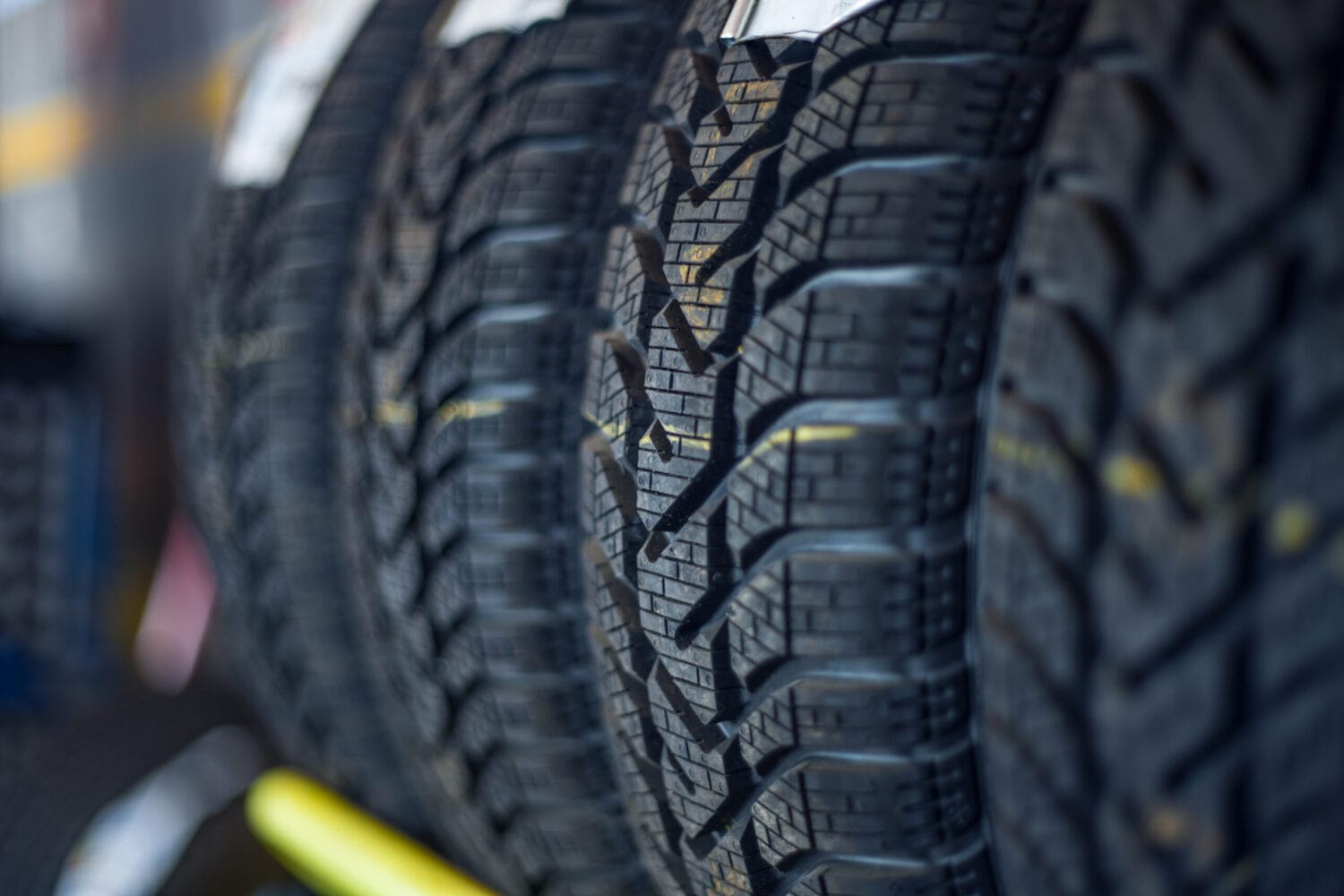
10 Minute Roadtrip Car Care Checklist

Tips on Auto Care
A properly maintained vehicle is safer and more dependable and will even save a few dollars at the gas pumps. Motorists should plan ahead to allow time to perform necessary maintenance themselves or at the local service facility.
Car Care Council offers three suggestions for a traveler’s 10-minute pre- trip checklist:
- Check all fluids – There are several fluids that require attention: Engine Oil, power steering, brake and transmission fluids, and windshield washer solvent and antifreeze/coolant.
- Check all hoses and belts – A belt failure can affect the electrical system, air conditioning, power steering, and the cooling system. Cooling system hoses may be deteriorating from within, so old hoses and clamps in marginal condition might need to be replaced.
- Check the tires – Check tire inflation and inspect the tread for uneven wear, indicating the need for wheel alignment. Also look for bulges and bald spots.
Follow these tips to maximize fuel efficiency of your vehicle:
- Vehicle gas caps – about 17% of the vehicles on the roads have gas caps that are either damaged, loose or missing altogether, causing 147 million gallons of gas to vaporize every year.
- Under inflated tires – when tires aren’t inflated properly it’s like driving with a parking brake on. It can cost a mile or two per gallon.
- Worn spark plugs – A vehicle can have either four, six or eight spark plugs, which fire as many as 3 million times every 1,000 miles, resulting in electrical and chemical erosion from heat.
- Dirty air filters – A clogged air filter creates a “rich” mixture – the proportion of gas to air is incorrect. This wastes fuel and causes the engine to lose power. Replacing a clogged air filter can improve gas mileage by as much as 10%.
- Don’t drive aggresively – Aggressive driving can lower gas mileage by as much as 33% on the highway and 5% on city streets.
- Avoid excessive idling – sitting idle gets zero miles per gallon. Letting the vehicle warm up for one to two minutes is sufficient.
- Drive the speed limit – Gas mileage decreases rapidly at speeds above 60 mph. Each mile driven over 60 results in an additional 10 cents per gallon. Increase fuel efficiency by using cruise control.
How Can We Help?We can’t wait to care for your car!
© 2025 Carfix. All Rights Reserved.
Sitemap | Privacy Policy | Terms of Use | Cookie Policy | Accessibility Statement